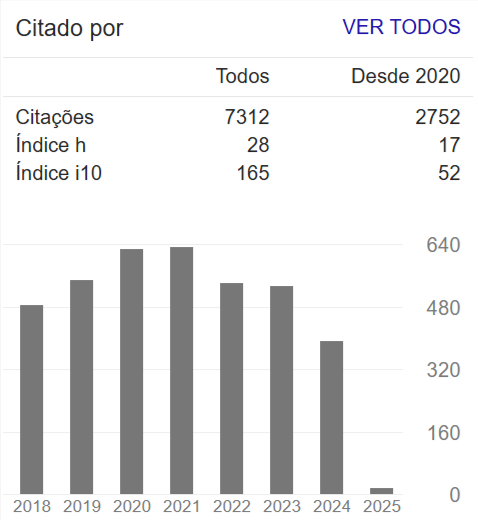TRICHLOROETHYLENE OXIDATION BY SODIUM PERSULFATE IN AQUEOUS SYSTEMS APPLYING DIFFERENT CHEMICAL ACTIVATORS
Resumen
A wide range of technologies for remediation of contaminated soils and groundwater is available. In this context, the in situ chemical oxidation is one of them and the sodium persulfate oxidation (Na2S2O8), an emerging approach for in situ remediation process. The interest in this attractive compound is related with its capability to generated sulfate radicals (SO4●-), a strongest oxidizing species which can be applied to destruction of several organic contaminants in environmental aqueous and solid matrices. Given this, an important step for occurrence and propagation of SO4●- radicals is related to the presence of some type of activator, which can involve the temperature, initiation by UV radiation and chemical processes. In this study, two different processes for activation of sulfate radicals species, from Na2S2O8 dissociation in aqueous systems, were evaluated: alkaline pH and dual oxidant system, and together, for comparison data, only sodium persulfate. Trichloroethylene, a DNAPL, commonly related with the studies case of contaminated land was employed for the bench scale tests, applying sodium persulfate oxidation technique. The results already observed until the current part of this study are showed.

















